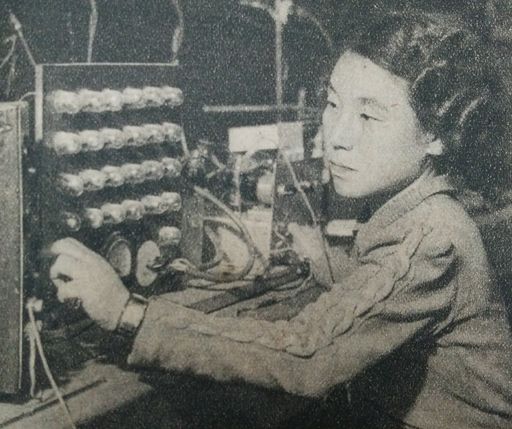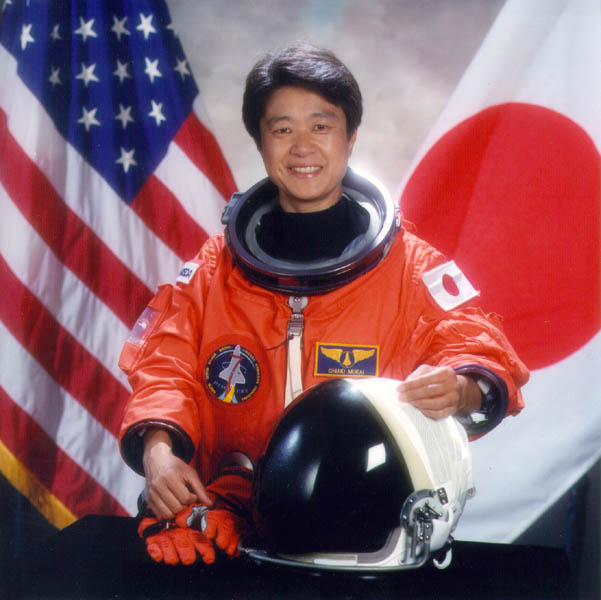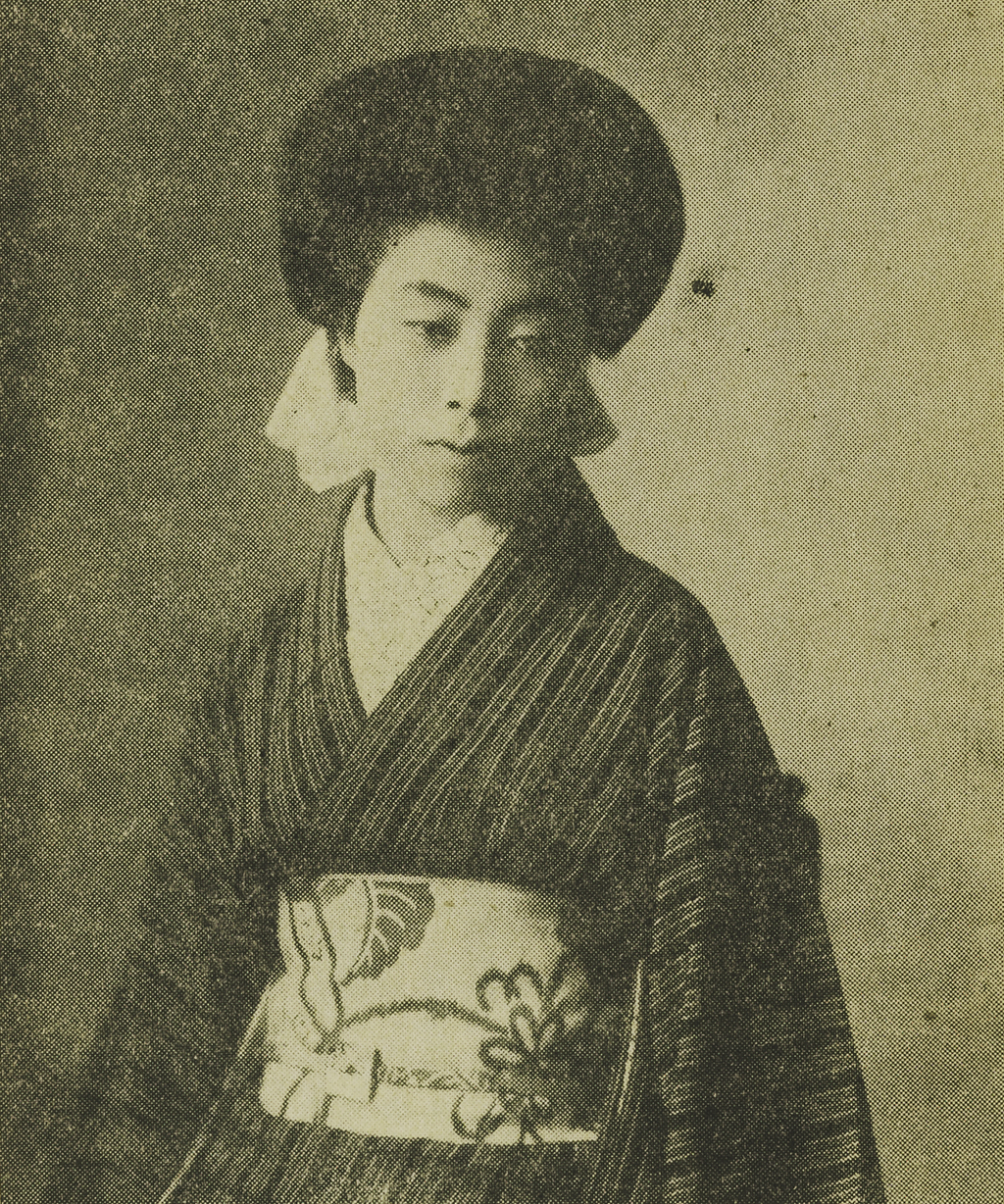Since International Women’s Day was officially adopted by the U.N. in 1975, its interpretations have varied from country to country. Last year in Spain more than five million partook in a “feminist strike,” bringing trains to a screeching halt. Also in 2017, three New York City skyscrapers lit their spires in purple to commemorate the day. This year in Tokyo the day is set to be celebrated with a showcase of female artists and creators.
Anybody who has studied the history of Japan or looked at Japanese society under an anthropological magnifying glass will know that the place of women in the country is more often than not limited and stereotyped. Gender roles are very much defined, and those who walk beyond the boundaries are often marginalized.
That said, there are many women breaking stereotypes in Japan today, from those featured in the Celebrating Women in Japan project, to the Tokyo fempreneurs supporting women in business, to the courageous Shiori Ito who has become known as the face of the #MeToo Movement in Japan.
In honor of International Women’s Day, we’ve rounded up a list of five Japanese women from past and present who have earned a top place in their respective fields, and can serve as role models for the contemporary mind.
Shizue Kato: Leader of Feminist Movements
Born to a famous samurai family in 1897, Shizue Kato proudly led the feminist movements in Japan during most of the 20th century and is often compared to Margaret Sanger, who occupied a similar role in the United States.
Kato’s work heavily involved enabling independence for Japanese women, and some might remember her as the one who fought to make birth control readily accessible in Japan. She valued independence more than anything and believed that giving women control over their sexuality was an important first step towards achieving this. She also believed this was the key to solving Japan’s growing population issue, which was resulting in many children living in poverty.
In 1937 she was imprisoned for two weeks for opposing the government’s views on population growth, putting a temporary halt to her activities. But in 1946 she returned to the limelight. She was nominated as one of the first female members of the Diet and is in part responsible for giving Japanese women the right to vote that same year. She died in 2001 at the age of 104.

© Unknown/WikiCommons
Toshiko Yuasa: Japan’s First Female Physicist
Japan’s first female physicist, Toshiko Yuasa lived in France and actively participated in the research of nuclear energy for most of her life. In 1944, she was forced to move from Paris to Berlin but was eventually ordered by the Soviet Union to return to Japan. Because conditions in Japan weren’t favorable to pursue her research, she became a professor until the war in Europe ended in 1945. Ten years later she returned to France permanently.
Yuasa’s role in Japan-France relations was so significant that her name was attributed to one of the laboratories at the Laboratoire de l’Accélérateur Linéaire (LAL), and after her death in 1980, Tokyo’s Ochanomizu University created a scholarship in her name that encourages women to go and study in France.

© NASA
Chiaki Mukai: First Japanese Woman to Go to Space
Chiaki Mukai is admirable for accomplishing not one, but two dreams of a lifetime. In 1977, she graduated with a doctorate in medicine from Keio University, and in 1983 became the chief resident in cardiovascular surgery at Keio University Hospital after completing two residencies. Five years later, she earned her second doctorate, this time in physiology.
Her presence in the medical research field has been so significant that she was selected by the National Space Development Agency of Japan (NSDA) to be part of the team conducting research on antigravity. This work resulted in her being nominated as one of the payload specialists to board the space shuttle Colombia in 1994, making her the first Japanese woman to fly into space (at the age of 32), a trip she repeated aboard the Discovery in 1998.
She went on to serve as the director of the Space Biomedical Research office, and later as the director of Japan Aerospace Exploration Agency’s Center for Applied Space Science Research. The Japan Times reported: “Mukai said she was ‘certain’ she would see a fully functioning moon colony in her lifetime and was itching to go back into space.”
Banana Yoshimoto: Stereotype-Breaking Novelist
Japan has an impressive list of powerful female novelists and poets who played an important role in the development of Japanese culture over the years. Fans of Japanese literature will surely know of Heian poet Murasaki Shikibu and her thorough portrayal of the period’s high-class society in The Tale of Genji. Lovers of contemporary literature will definitely have heard of Banana Yoshimoto, a female author known for her use of magic realism.
She changed her name from Mahoko to Banana in homage to banana flowers and because it gave her an androgynous edge. Her work breaks stereotypical gender roles for both men and women: “I think the way society is right now is ephemeral; reflections of what humans might be, possibilities, so I try to focus instead on the human soul, rather than how a person appears,” she said in an interview with The Hindu.
Her portrayal of contemporary Japan is one full of loneliness, anxiety and misunderstandings between people, and she claims to write to inspire the youth to live happily, no matter the standards others impose upon them.

The Shinto Bride, Self-portrait. Courtesy of Kimiko Yoshida
Kimiko Yoshida: Feminist Visual Artist
Born in 1963, Kimiko Yoshida is a contemporary visual artist who left Japan for Paris in 1995 after feeling oppressed as a woman. In her own words: “I’ve turned my back on any ‘quest for identity’ and what goes with it: appurtenances and ‘communities,’ stereotypes of ‘gender’ and determinism of heredity. The self-portrait isn’t a reflection of oneself, but a reflection on the representation of oneself.”
The image of the ideal Japanese woman, though not completely without change over the last century, has remained virtually the same, which Yoshida found frustrating. Since 2001, she has built up a distinctive signature style in her artistic photography and art. Her work, mostly consisting of portraits in quasi-monochromatic colors, are joined by a singular thread: the female condition, and more broadly, the question of identity.
As Yoshida tell TW: “My work is a reflection upon the division between representation and meaning, representation and disappearance, representation and absence, signifier and signified.”











